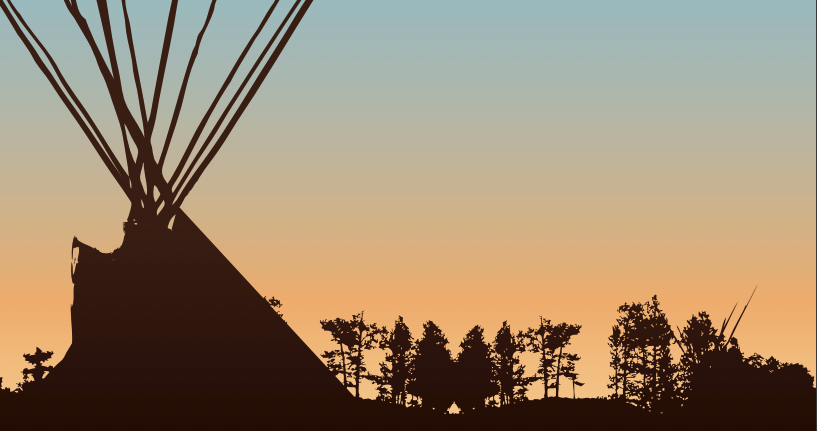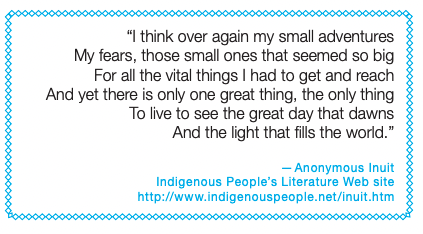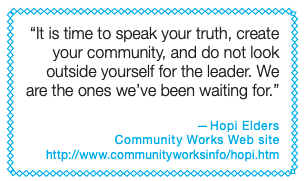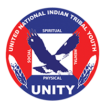
Preventing Suicide by American Indian and Alaska Native Youth and Young Adults
This manual lays the groundwork for community-based suicide prevention and mental health promotion plans for American Indian and Alaska Native teens and young adults. It addresses risks, protective factors, and awareness, and describes prevention models for action.
Click here to download the Manual: Publication ID: SMA10-4480 – April 2010
 Suicide and suicidal behavior are preventable. This fact has led communities across the Nation, including many American Indian and Alaska Native (AI/AN) communities, to implement programs that successfully reduce factors known to contribute to suicide by young people and strengthen factors known to help protect them against suicide. The approaches taken by these communities are based on the public health model, which means that they are proactive and holistic. Such approaches do more than help young people choose life. They also help young people choose to live their life well—full of hope in themselves and their ability to accept the challenges and gifts that life has to offer.
Suicide and suicidal behavior are preventable. This fact has led communities across the Nation, including many American Indian and Alaska Native (AI/AN) communities, to implement programs that successfully reduce factors known to contribute to suicide by young people and strengthen factors known to help protect them against suicide. The approaches taken by these communities are based on the public health model, which means that they are proactive and holistic. Such approaches do more than help young people choose life. They also help young people choose to live their life well—full of hope in themselves and their ability to accept the challenges and gifts that life has to offer.
All of America’s young people deserve a life well-lived, which will have sound mental health as its foundation.To help achieve this goal, the Substance Abuse and Mental Health Services Administration (SAMHSA) has created this guide as a resource for community-based efforts to prevent suicide by AI/AN youth and young adults. The need is urgent, and the reasons are clear. More than 38 percent of AI/ANs are under age 19. Another 23 percent are between the ages of 20 and 34. In total, AI/AN youth and young adults make up 61 percent of all Native populations.
They are the center of hope for the survival of their people and their culture. They also are the living spirit of our country’s past and a vital part of its future. And yet AI/AN youth and young adults have the highest suicide rate of any cultural or ethnic group in the United States. The purpose of this guide is to support AI/AN communities and those who serve them in developing effective, culturally appropriate suicide prevention plans. Its intended users include Tribal and Village leaders, Elders, healers, and youth activists; State and county injury and suicide prevention program leaders; community organizers and program directors; school administrators; and other community members.
In short, this guide is for everyone who has a stake in the health and well-being of AI/AN youth and young adults. This guide lays the groundwork for comprehensive prevention planning, with prevention broadly defined. Prevention is not limited to programs that just address the needs of individuals who may be at risk of suicide. Prevention also includes programs that a community can use to promote the mental health of its young.

